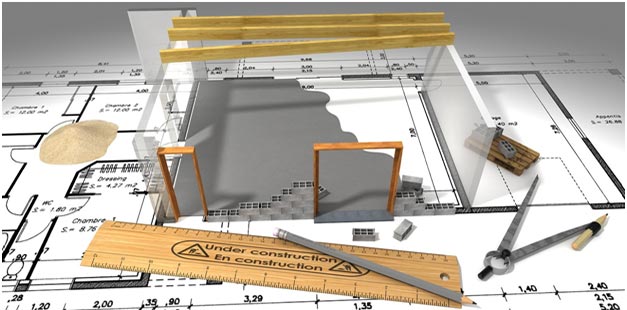 Architecture is a strange sort of business. You can line up five experts who got the exact same formal training and education, have the exact same amount of experience, and are exactly the same level of successful – and you would get five completely different buildings.
Architecture is a strange sort of business. You can line up five experts who got the exact same formal training and education, have the exact same amount of experience, and are exactly the same level of successful – and you would get five completely different buildings.
When designing your own home, you need an architect who has the same taste, sense of aesthetic, and overall philosophy as you. Your idea needs to be their specialty. To help you find a designer like that, here are the five most important things to keep in mind while you are searching for one!
Do your research:
Online research is your first step when it comes to seeking out experts in anything, since it makes for a great way to narrow down your options. Although there are fewer architects out there than, say, carpenters or other “general” contractors, there are still a lot of them.
So, get ‘Googly’ with it. You can find a whole bunch of useful guides on how to pick an architect for your home, but before you make your choice, make sure you do the digging. Get a grasp on a designer’s artistic identity by looking at the aesthetics of their website.
Does their portfolio feature a lot of traditional projects? Are they all about the minimalism movement? Or do they specialize in having their finger on the pulse of every “modern” direction? Figuring this out will save you a lot of time when it comes to negotiations.
Get your hands on some referrals:
This is sort of the complement of the previous point. An architect’s online presence can tell you a lot, but it will probably tell you only favorable stuff. You need to get a more complete picture. For this, you need to contact their past clients.
You can ask around among your family, friends, coworkers, and social media contacts about whether they can recommend someone. You can also try to dig up some names from review pages online. Alternatively, if you already have an idea of who to work with, you can directly ask them for their referrals. Any legit businessperson will be happy to give them. You can find out more about how referrals work in this article: https://www.thebalancecareers.com/what-are-employee-referral-programs-2062990
Double-check their availability:
This is arguably the most important thing to watch out for, even more so than prices and fees. You might more or less adjust your budget, or you might opt for a more affordable contractor – but you might seriously be surprised at how tightly packed an architect’s schedule can be!
Their availability at a particular time can completely rule out an otherwise perfect candidate for your project. You should set aside at least six weeks for the whole thing, and most of that time will be spent on design alone. Just to be safe, if they are unable to schedule your thing in the next eight weeks, you may want to move on – especially if you need a short TAT on your building.
According to our friendly Melbourne experts at Superdraft, when you think you can schedule with a given designer, you should always take a closer look at their average completion times and current workload, to see if your appointment can actually yield fruits in a timely fashion.
Give some thought to their pricing:
Obviously, the cost of the project is an essential point to consider. Your fee will most likely depend on your square footage; hourly rates are quite the rarity in the architectural world. Still, you should ask, just in case. If you know their calculation factors, you can predict your expenses and budget for them pretty accurately.
That said, leave some space for adaptation. The finished project may turn out larger, or smaller, than your initial idea, especially after your architect contributes their own insight to the realization.
Meet them face-to-face:
This cannot be said enough. Before you enter into any contractual relationship, meet the designer in the flesh, preferably, at least three different people. This will give you a great chance to see how well you can communicate. Ask your questions and see who you “click” with the most.
Source: Sponsored Content
